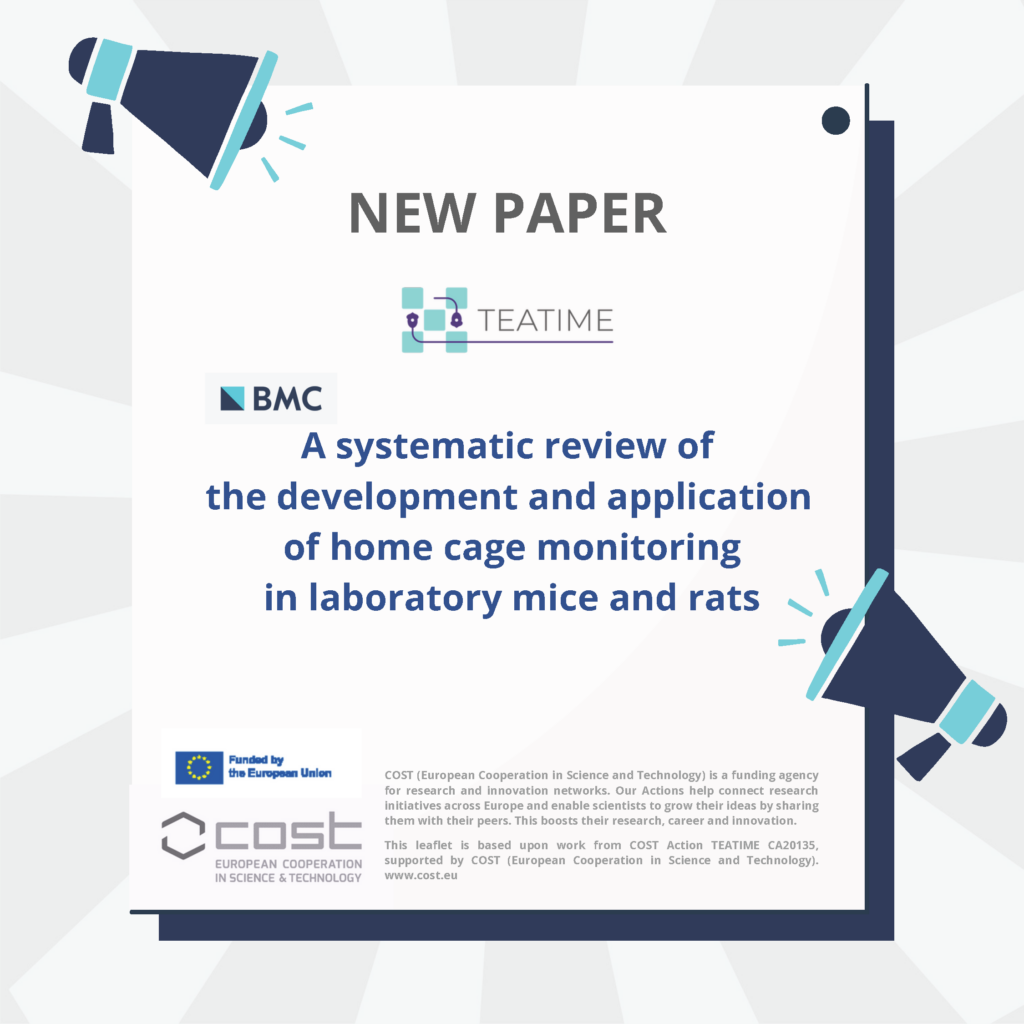This autumn we have unveiled a comprehensive paper delving into the transformative potential of home-cage monitoring technology (HCM) in the realm of biomedical animal research. Traditionally, laboratory rodents undergo individual examinations in external test apparatuses at specific time points, a practice that may overlook crucial data influenced by various factors. To address these limitations, the research community has increasingly turned to longitudinally monitoring mice and rats within their home cages. The recently published systematic review, drawing insights from 521 publications sourced from PubMed and Web of Science, sheds light on the evolution of HCM and its current state-of-the-art applications.
Over the covered period, numerous studies have shown a remarkable enhancement in techniques for HCM of mice and rats. The ongoing development signifies a promising trajectory for the field, indicating that continuous, longitudinal, and non-invasive monitoring of various parameters in group-housed small rodents within their home cages is within reach. By monitoring animals in their home cages over extended periods, we can capture a more accurate representation of their natural behavior and physiological responses. This not only enhances the reliability of our findings but also opens up new possibilities for studying a broader array of parameters in a group setting. The implications of this research extend beyond mere technological progress. The ability to monitor animals continuously within their familiar environment holds the potential to revolutionize experimental designs, offering a more comprehensive understanding of the impact of various interventions and stimuli. As the field of HCM continues to evolve, researchers anticipate further refinements and validations of monitoring systems. These improvements will inevitably broaden the applications of HCM, allowing for a nuanced understanding of the intricacies of animal behavior and physiology over time.
In conclusion, the paper signifies a pivotal moment in biomedical research, highlighting the strides made in home-cage monitoring technology and hinting at a future where the continuous observation of small rodents within their home cages becomes standard practice in laboratories worldwide.
